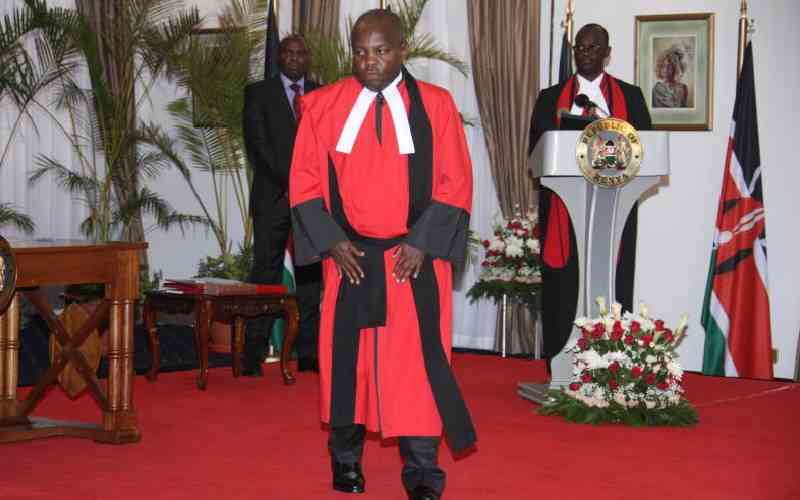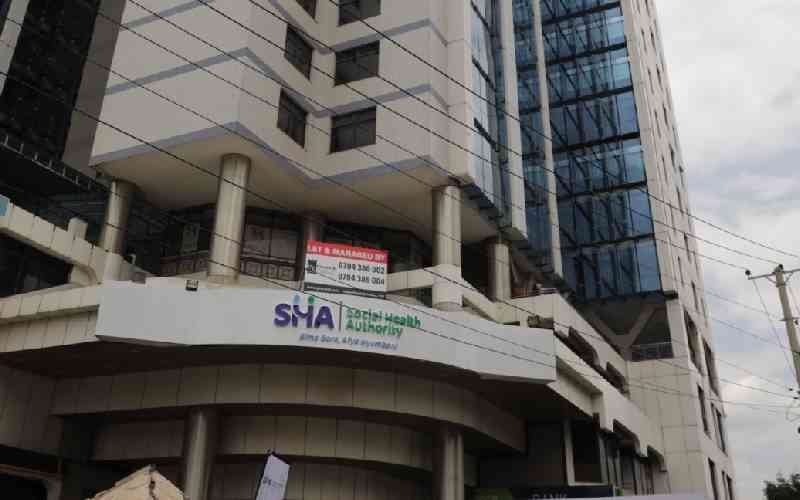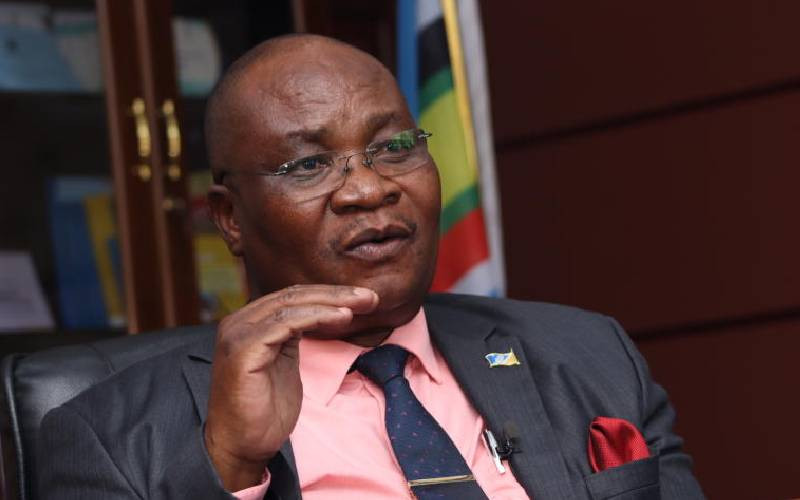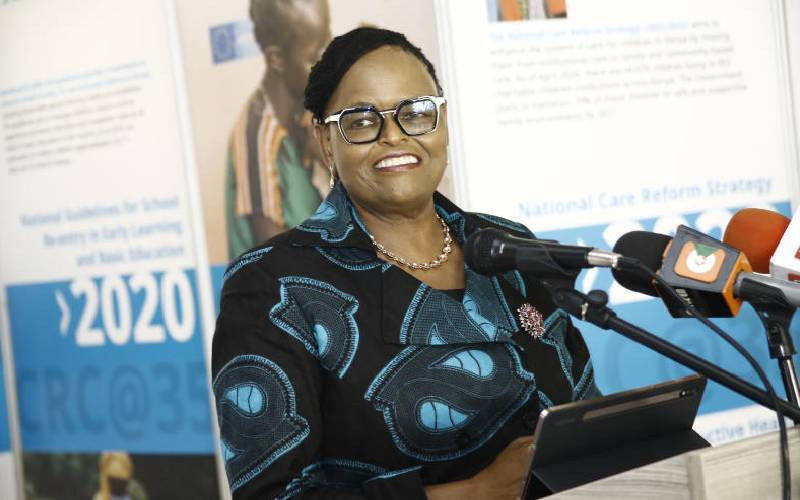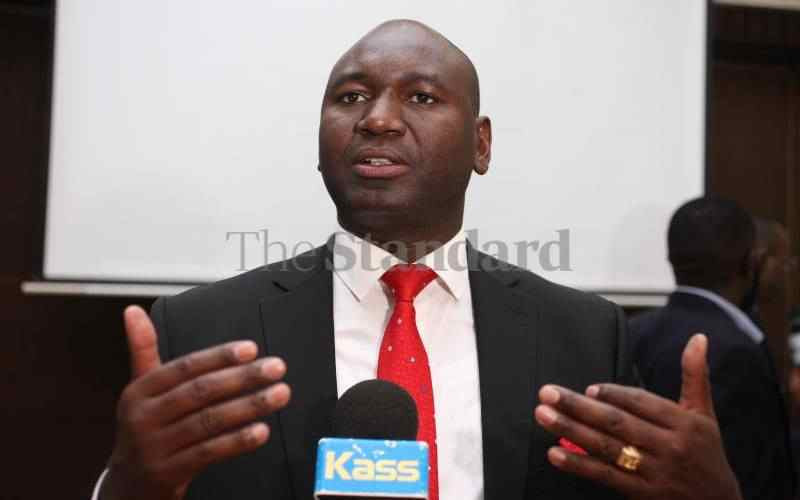
Immigration and Citizen Services Principal Secretary Julius Bitok has assured citizens that the Maisha Card adheres to international best practices and features enhanced security measures.
This follows concerns raised by civil society regarding the card's validity and effectiveness.
In a statement on Monday, July 22, Bitok responded to questions on the card's legality and propriety.
“The Maisha ecosystem complies with regional and international best practices on the standardisation of essential features of personal registration documents including the National ID Card,” he said.
Bitok added that the introduction of the Maisha Card was preceded by extensive consultations, involving over 820 public and stakeholder engagements with civil society, religious leaders, the private sector, the media and the public.
The Maisha Card, along with its supporting infrastructure such as the Maisha Number, digital ID and the Maisha Database, was introduced in November 2023.
The card includes a machine-readable microchip designed to enhance security and contains personal details. Similar to ATM cards, the microchip has a maximum shelf life of ten years from the date of issuance.
Since its launch, the National Registration Bureau (NRB) has issued 972,630 Maisha Cards, including 531,329 new applications and 441,301 duplicates.
The card is praised for its compliance with the International Civil Aviation Organization (ICAO) standards, which is crucial for cross-border identification.
In addition to improved security features that make the card resistant to forgery and tampering, the Maisha Card introduces a digital version of the National ID.
It consolidates several existing databases into a master national register, eliminating the need for multiple separate registration records.
Bitok noted that when the card is renewed after ten years, applicants will not need to undergo fresh biometric data collection.
However, they will need to provide updated passport-sized photos to account for potential changes in facial features.
The NRB has upgraded its printing capacity with a new modern printer, now capable of producing 30,000 National ID Cards daily, exceeding the average demand of 10,000 applications.
 The Standard Group Plc is a multi-media organization with investments in media platforms spanning newspaper print
operations, television, radio broadcasting, digital and online services. The Standard Group is recognized as a
leading multi-media house in Kenya with a key influence in matters of national and international interest.
The Standard Group Plc is a multi-media organization with investments in media platforms spanning newspaper print
operations, television, radio broadcasting, digital and online services. The Standard Group is recognized as a
leading multi-media house in Kenya with a key influence in matters of national and international interest.





